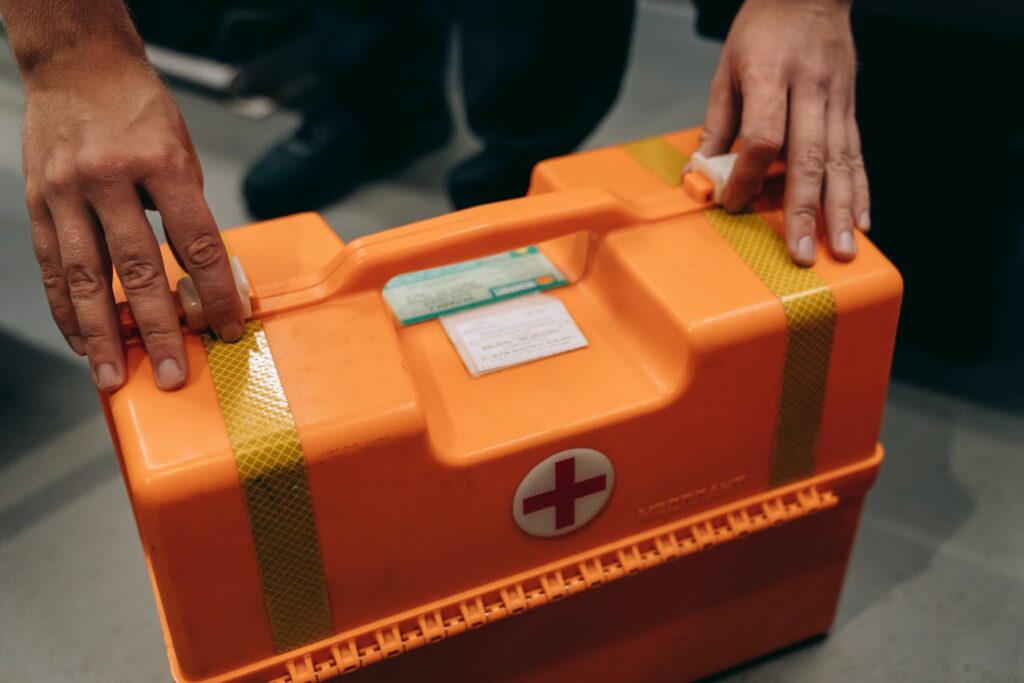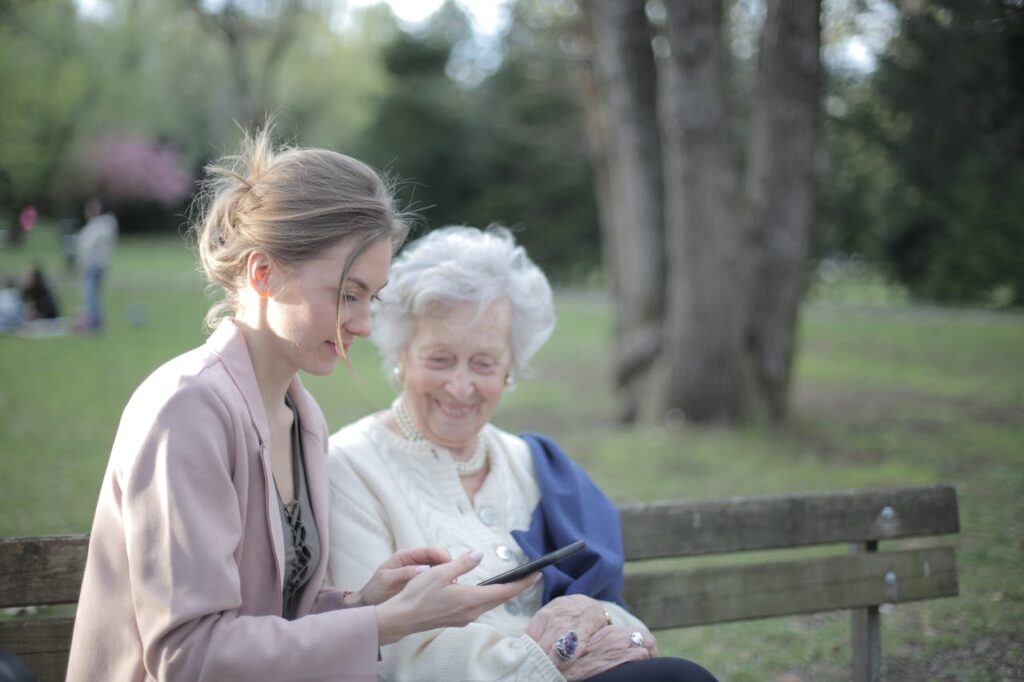The Guardian Next Door: Benefits of Neighborhood Watch for Family Safety
The Guardian Next Door: Benefits of Neighborhood Watch for Family Safety In the quiet corners of suburbia or the bustling blocks of a city neighborhood, safety is not just a concern—it’s a shared imperative. Families, homeowners, and community members all walk the delicate balance between daily life and the specter of crime. Enter the steadfast sentinel of community security, the Neighborhood Watch Program—innovative, interwoven with history, and an under-celebrated hero of the domestic realm. Understanding Neighborhood Watch Programs The advantages of participating in a Neighborhood Watch dazzle like a constellation of security. For families, the benefits go beyond mere protection; they foster a sense of community belonging and empowerment. 1. Increased Home and Community Security Neighborhood Watch Programs serve as an extra layer of defense, dissuading potential perpetrators and reducing the opportunity for crime. Members are trained to understand their immediate risks and take the appropriate precautions. Increased vigilance and rapid response eliminate the ‘soft targets’ favored by thieves and vandals, making homes and community spaces less vulnerable. 2. Enhanced Communication and Relationships Among Neighbors Stronger community ties result from regular communication and collaboration. Neighbors become more than fellow passersby—they become trustable contacts, a living local network. In the event of an emergency, the ability to seamlessly relay information and coordinate response efforts can make all the difference. 3. The Role of Neighborhood Watch in Preventing Crime and Promoting Safety Education A well-informed neighborhood is a safer neighborhood. By sharing knowledge about security best practices and the latest crime trends, Neighborhood Watch Programs effectively arm their members with the tools to prevent incidents before they happen. Additionally, these programs work tirelessly to educate the larger community, thereby creating a ripple effect of safety awareness and educated choices. Real-life Examples and Success Stories A narrative carries more weight than a thesis, and the successes of Neighborhood Watch Programs are abuzz with real-life impact. Communities worldwide have seen their safety profiles transformed—burglaries plummeting, vandalism vanishing, and a newfound peace reigning over the streets. Steps to Start or Join a Neighborhood Watch Curiosity piqued, the logical next step becomes involvement. Starting or joining a Neighborhood Watch Program can feel like a daunting leap, but broken down into actionable steps, it’s a ladder that rises toward community empowerment. 1. Practical Advice for Starting a New Neighborhood Watch Program Begin with the basics. Understand the geography and demographics of your neighborhood, and identify potential leaders who are passionate about safety. Develop a clear mission statement and guidelines, ensuring they balance security with respect for individual privacy and rights. Create a plan that seamlessly integrates with local law enforcement and emergency services. 2. Tips for Engaging with Local Law Enforcement and Community Leaders The success of a Neighborhood Watch Program often hinges on its partnerships. Engage with local law enforcement to design a support structure that enhances, not supplants their work. This collaboration cements the program’s legitimacy and imparts critical skills and resources from seasoned professionals. Challenges and How to Overcome Them The road to a robust Neighborhood Watch can be strewn with obstacles—apathy, misinformation, and the perennial ‘not in my backyard’ syndrome. Navigating these challenges requires resilience and adaptability. 1. Common Obstacles in Establishing or Maintaining a Neighborhood Watch Initial enthusiasm can wane as the program faces teething issues or if the community faces a lull in criminal activities. Overcoming skepticism and ensuring that security measures do not lead to exclusion are essential. 2. Strategies for Addressing These Challenges and Ensuring the Program’s Sustainability Regular review and adaptability are key. Take community feedback seriously and make adjustments as necessary. Hosting events that engage the broader community, introducing volunteer recognition programs, and promoting the cultural and social benefits of the program can maintain momentum and ensure its continuity. Conclusion and Call to Action Choosing to join or spearhead a Neighborhood Watch Program is more than a decision; it’s a deliberate step to safeguard what matters most. Family safety is a foundation stone of community well-being, and in these programs, it finds both a bastion and a beacon. Encouraging readers to explore the possibility of starting or reviving a Neighborhood Watch in their area is not just a suggestion; it’s a clarion call to action for a safer, stronger tomorrow. It’s within our neighborhoods that the bedrock of security is laid, often by those we know the least—the neighbors who swiftly switch off the lights behind their curtains at night, who water their plants and tie their rubbish bags. They are complex people with stories untold, yet in the crucible of mutual safety, they emerge as capable gatekeepers. Take up the mantle to strengthen these bonds and to enhance your family’s safety with a proactive stance. After all, the guardian next door could be you.


